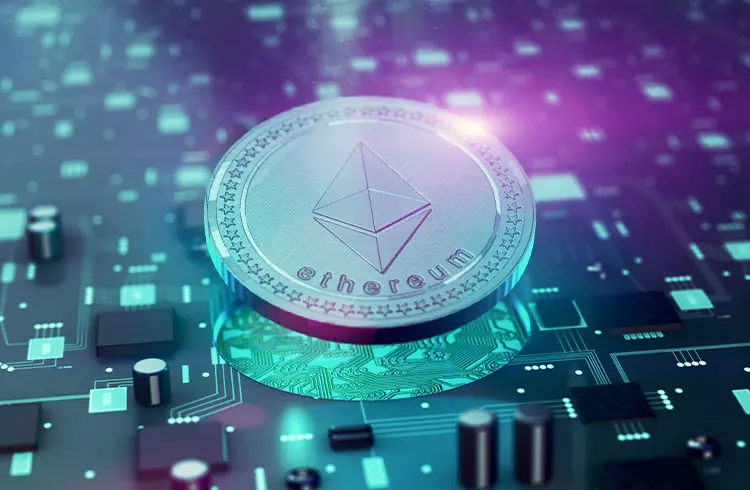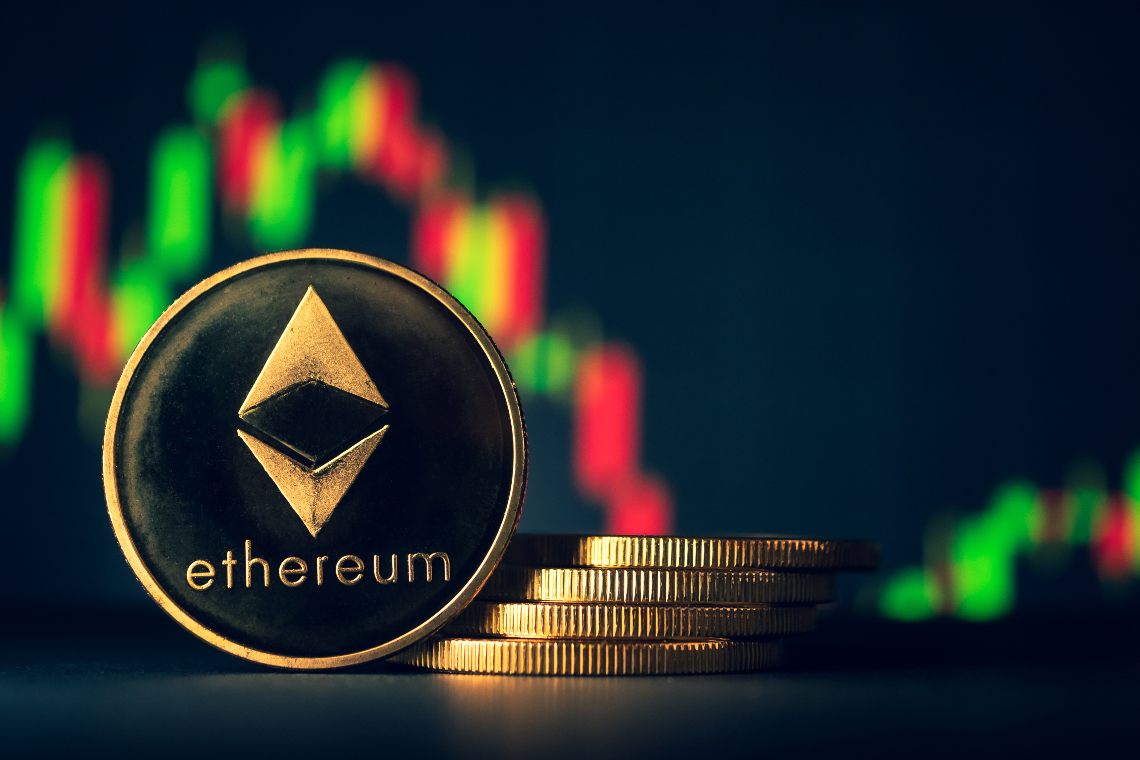Blockchain? That is when many blocks together form a chain and store information. This “chain” forms a large decentralized database that is transparent yet pseudonymous. At least the latter is the case when it comes to a public blockchain.
The most famous of these decentralized databases is called “Bitcoin” and regularly distributes coins that are sometimes worth more or less. They are the reward that is poured out to reward those who keep the network safe.
But how are blocks connected to each other in the blockchain? How is this “chain” created?
How are blocks linked together in the blockchain?
The answer is as simple as it is complicated: the blockchain is held together by hashes. This is a unique identifier embedded in each block. You can think of it like a digital fingerprint.
When a new block is added, a cryptographic algorithm calculates the hash. This hash is then concatenated with the hash of the previous block. This creates a new hash that connects the previous block and the new block together. This process is repeated for each new block in the blockchain, creating an immutable and consistent chain.
Are the blocks really in the right place?
… question the “miners”. They are guided by the “Proof of Work” consensus mechanism and solve complex arithmetic tasks in order to obtain the privilege of being able to attach new blocks to the blockchain. This ensures the integrity of the blockchain as it is very difficult to solve the arithmetic tasks and thus manipulate the blocks.
- Why Online Advertisers Should Request Website Traffic Data from Google Analytics Instead of Using SEO Tools Like MOZ or Ahrefs? - March 24, 2025
- North Carolina’s Bold Move: State Bill Proposes Investing 10% of Public Funds in Bitcoin - March 22, 2025
- Justin Sun Stakes $100 Million in Ethereum on Lido – What Does It Mean for the Market? - March 19, 2025

























